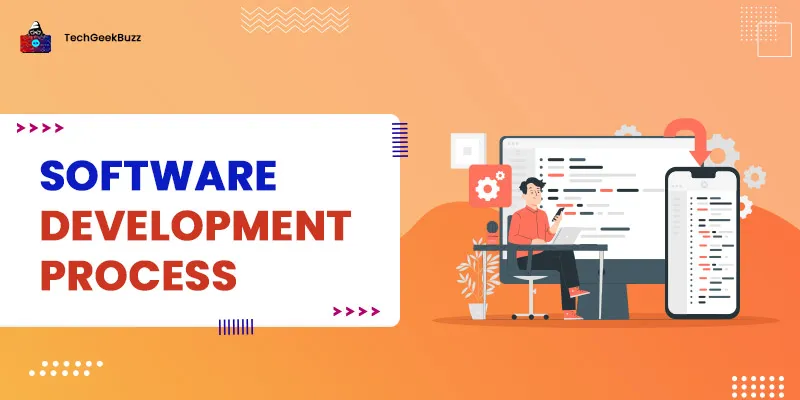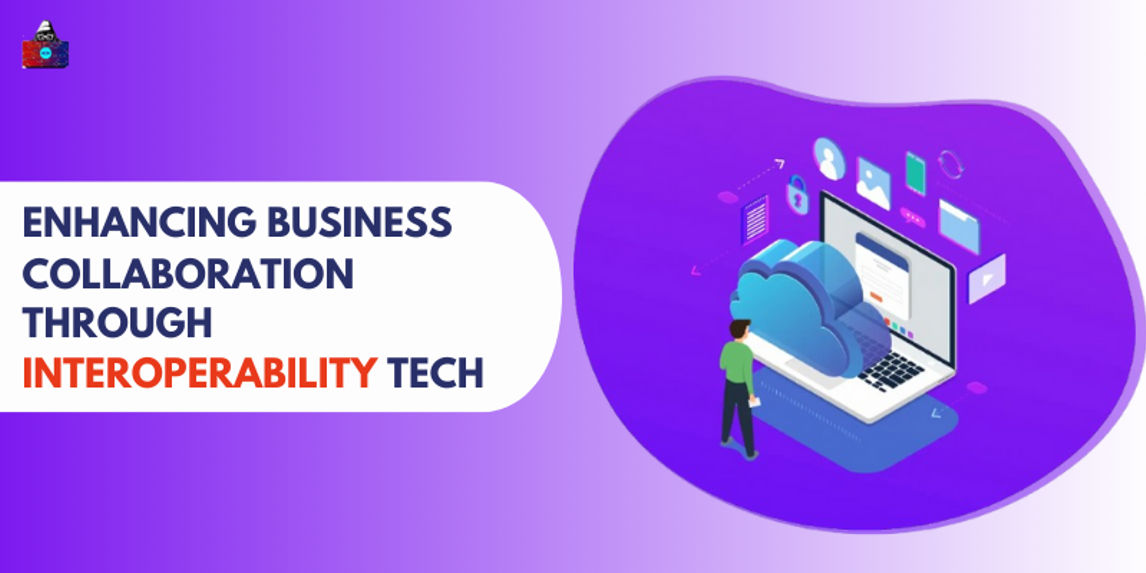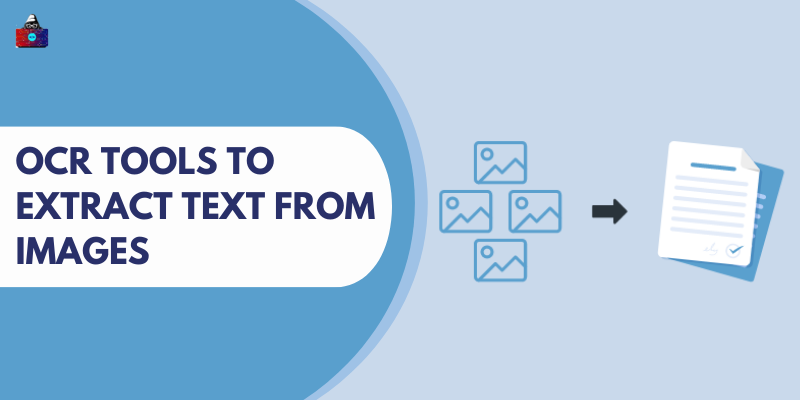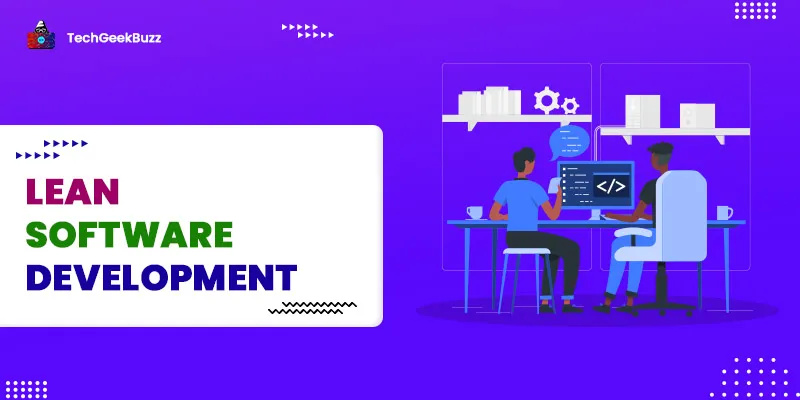Almost every industry vertical is leveraging various software to accomplish a variety of tasks. Therefore, software development is at its tipping point. Today, businesses are striving to deliver high-quality software to their customers that satisfy their needs. Hence, they follow a structured approach to ensure the quick development and delivery of high-quality software. There are various paradigms or approaches to software development, such as waterfall, agile, iterative, prototyping, etc. Each paradigm defines its own way of developing software. Among all software development approaches available, it is essential to choose the right one for your project. Well, this article aims to make you familiar with the software development process and its various stages. In addition, you will get insights into some popular software development methodologies or approaches that may help you choose the right one for your project. So, let us begin!
What is the Software Development Process?
A software development process is a structured approach to developing software applications. It is the process that divides the software development task into multiple smaller and sequential subtasks or subprocesses in order to deliver high-quality software products. We can also refer to this process as the software development life cycle (SDLC). In other words, the software development process is a sequence of steps that the development team has to carry out to develop software. It defines how to develop, maintain, and improve software products. Furthermore, the primary aim of the software development process is to deliver a defect-free software product that meets customers’ requirements and quality standards.
Software Development Process or SDLC
A generic software development process consists of the following steps or phases:
1. Requirements Gathering and Analysis
The first phase involved in software development is requirements gathering and analysis. The development team builds the software product based on the requirements specified by the stakeholders and end-users. Here, project managers and stakeholders work closely to gather and finalize the technical and user requirements of the software product. In general, they note down what the software product should do when provided with a specific set of inputs, who are its users, etc. Once stakeholders and the project manager finalize the requirements, they create a document called Software Requirements Specification (SRS) and get it approved by end-users and market analysts. Later, SRS is made available to developers and testers. At this stage, the development team chooses the development approach for building the software product.
2. Designing
The second phase in software development is designing. Based on the software requirements specification (SRS) designed in the first phase, the product architects come up with the architecture of the software product. They design the software product using one or more design approaches and document them in the Design Specification Document (DSD). Later, stakeholders review DSD and discuss various factors, such as risk levels, product robustness, budget and time constraints, applicable technologies, project limitations, and the best design approach. The Design Specification Document (DSD) defines architectural design, components, and front-end representation, along with communication and user flows of the software product. In addition, it serves as a template for developers and testers and reduces the flaws and delays in the software development process.
3. Coding/Development/Implementation
This phase involves the actual development of the software product. Developers build the code for design parameters and different functionalities of the software product, as specified in SRS and DSD. Organizations define programming guidelines that developers need to follow while coding. Also, they define which compiler, interpreter, or debugger to use. Once the coding finishes, developers deploy their code to an environment, which will be the pilot version of the software product.
4. Testing
Now, the testing phase comes wherein testers test the deployed code for bugs or defects and verify its performance before delivering it to end-users. The process of finding and fixing bugs in a software product is known as debugging . Expert testers validate the software product for its reliability, functionality, robustness, and security. If there are defects in the code, they notify the development team. The development team first confirms whether those defects are valid or not. If they are valid, the development team works to fix those defects and send the code back for retesting. This process repeats until the software product becomes defect free.
5. Deployment
After the software product becomes defect-free, it is time to make it available to end-users, i.e., deployment. The deployment of the software product depends on the business strategy of an organization. Initially, the product may get released to a small group of users. They provide feedback, and the development and testing teams work accordingly. Later, the final software product is released to all end-users.
6. Maintenance
Once the software product is available to all end-users, and they start using it, they may face issues. This is where maintenance is required. The software product requires regular maintenance to ensure it is working as expected.
Software Development Process Models
A software development process model is a structured and defined process involved in the development of software applications. In other terms, it is a basic framework that developers use to plan, structure, and control the overall software development process. Software development models play a vital role in answering the following questions:
- Which tools the development and testing teams should use?
- Why choose a specific software development approach?
- The precise way to implement the software development process.
- Refine the software product requirements to streamline the overall development process.
There are various models of software development, and the most popular ones, as follows:
1. Waterfall Model
The waterfall methodology also referred to as the waterfall model, is the traditional approach to software development. It is a linear sequential approach that flows through all the phases of software development like a waterfall. In this approach, the input to the current phase is the output of the previous phase. The phases do not overlap. Therefore, the next phase begins only if the current phase gets completed.
2. Iterative Model
The iterative model, also known as the incremental model, is where the software development work is split down into numerous small iterations. Each iteration follows a complete software development cycle. This model initially implements a small subset of the software requirements specifications and builds the first version of the software, which is generally the first iteration. This first version gradually grows from iteration to iteration forming a fully-functional software product.
3. Spiral Model
The spiral methodology or spiral model is a risk-driven approach to software development. It guides the development team to choose one or more elements of other software development methodologies, such as incremental, waterfall, etc., based on the risk pattern of the software product. Alternatively, we can define the spiral methodology as an evolutionary approach to software development that combines the iterative development process model and the linear sequential feature of the waterfall model. Diagrammatically, this approach looks like a spiral with many loops, where the number of loops may vary depending on the software product. Each loop is called the phase of the software development process. Moreover, the radius of the spiral represents the cost of software development. In the spiral model, each phase is divided into four quadrants, namely identify objectives, perform a risk analysis, develop and test, and review and evaluate.
4. Agile Model
The agile methodology is the most popular and widely employed software development methodology. It is centered around the idea of iterative development, where the requirements keep on changing with constant collaboration with stakeholders and team members. In the agile methodology, the development and testing teams work simultaneously to deliver small chunks or builds of the software product frequently and incrementally. Customers provide instant feedback, and the team can work on that build to improve or make it better than its previous version. Therefore, the agile methodology involves constant improvement. Agile is not a single software development methodology. It is an umbrella term for many other methodologies, including Scrum, Extreme Programming (XP), Dynamic Software Development Method (DSDM), Feature Driven Development (FDD), Adaptive Software Development (ASD), Kanban, and Behavior Driven Development (BDD).
5. DevOps Model
DevOps is a modern software development methodology. It is a set of practices that combines software development and IT operations together. In the context of DevOps, ‘Dev’ represents the development and ‘Ops’ represents the operations. The primary aim of this methodology is to shorten the software development life cycle and continuously deliver the software product with high quality. In DevOps, the development and operations teams are not siloed. Instead, they work together as a single team, from the initial planning, implementation, and testing to the deployment and operations of the software product. To know more about software development process models, you can refer here .
Conclusion
Through this article, we tried to make you understand the entire software development process in detail. Also, we had provided insights into some popular software development process models. Choosing a software development process model entirely depends on your project requirements and organization standards. While the software development process models follow different approaches, their ultimate aim is to develop high-quality software. If you have any doubts regarding this topic, feel free to share them in the comments section below.
People are also reading:





Leave a Comment on this Post